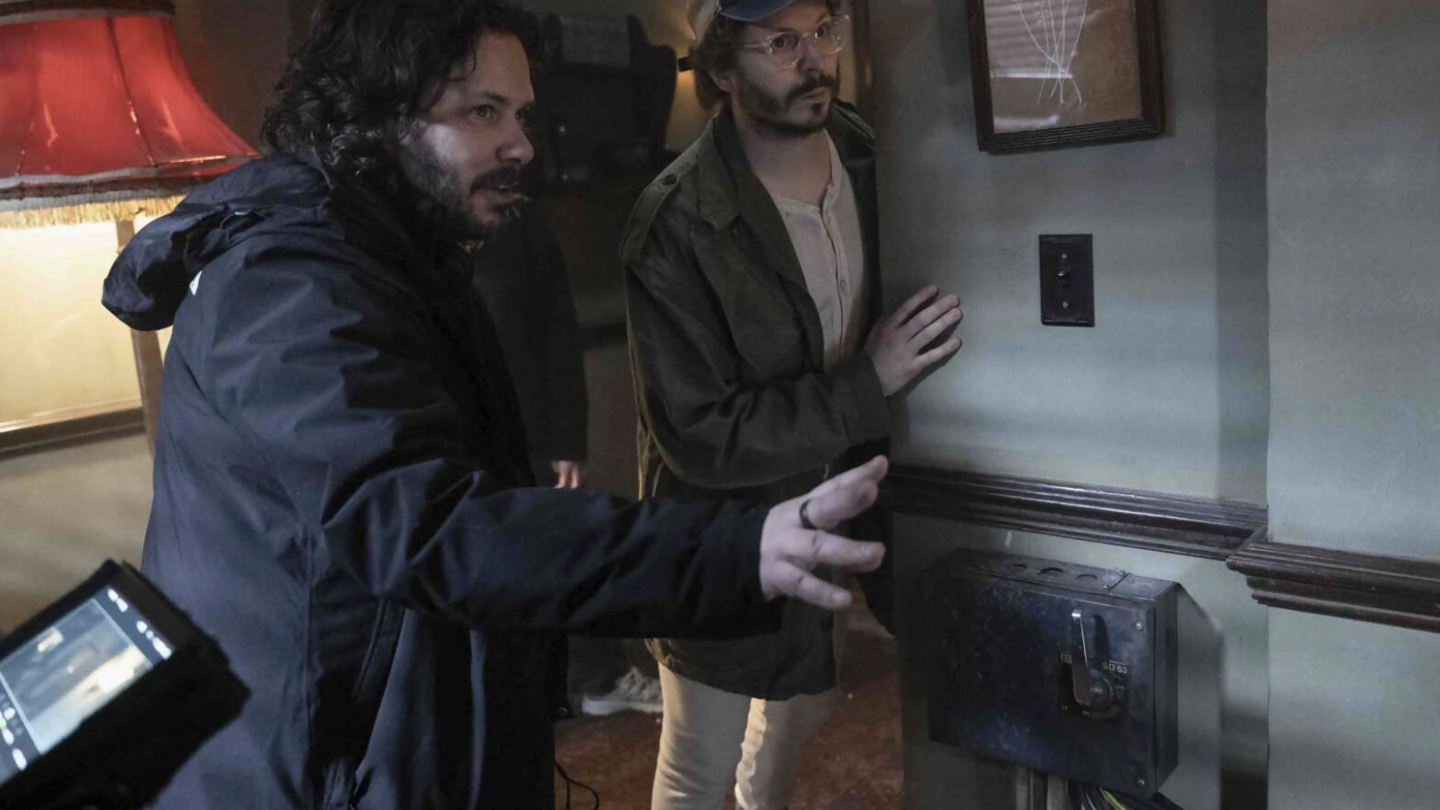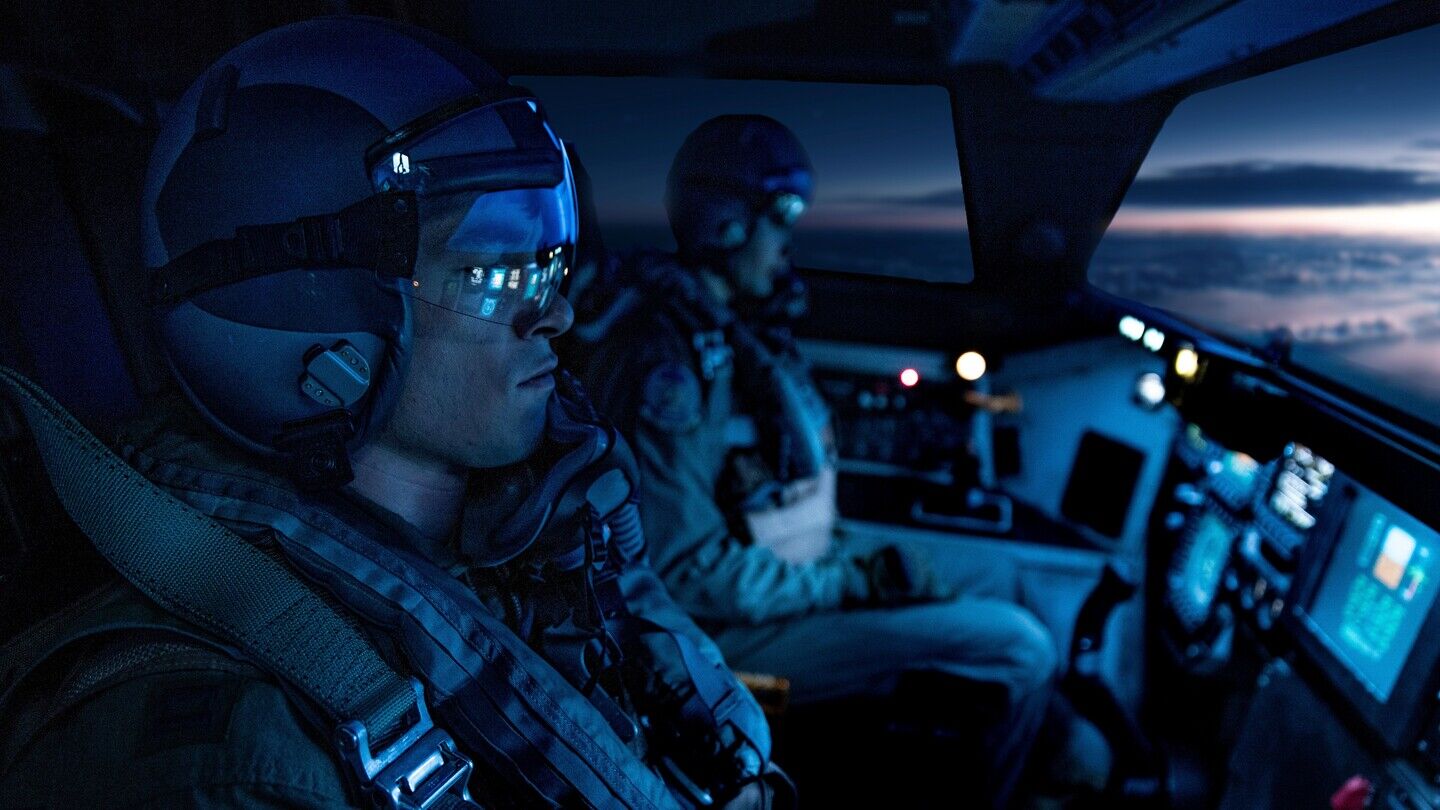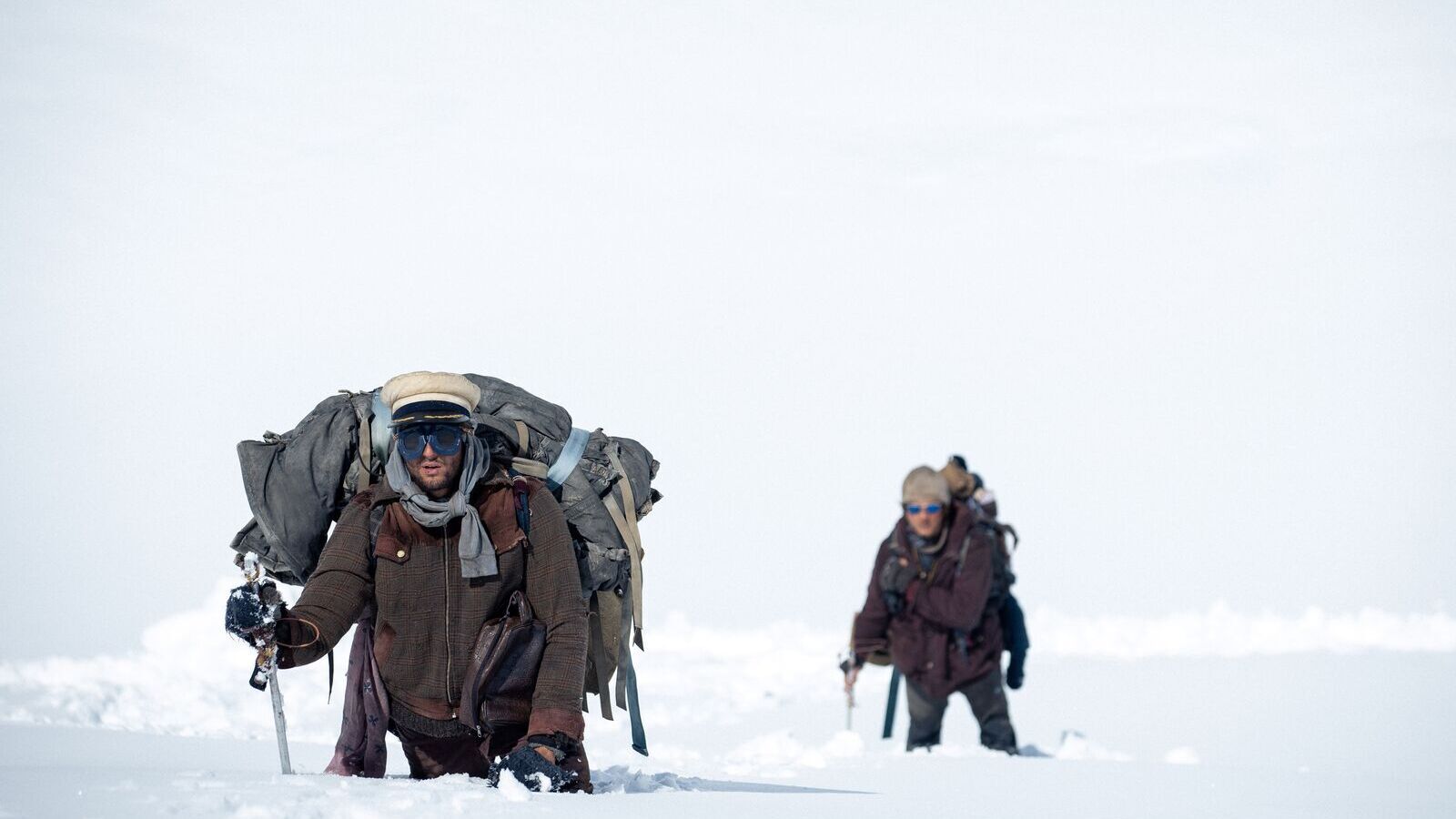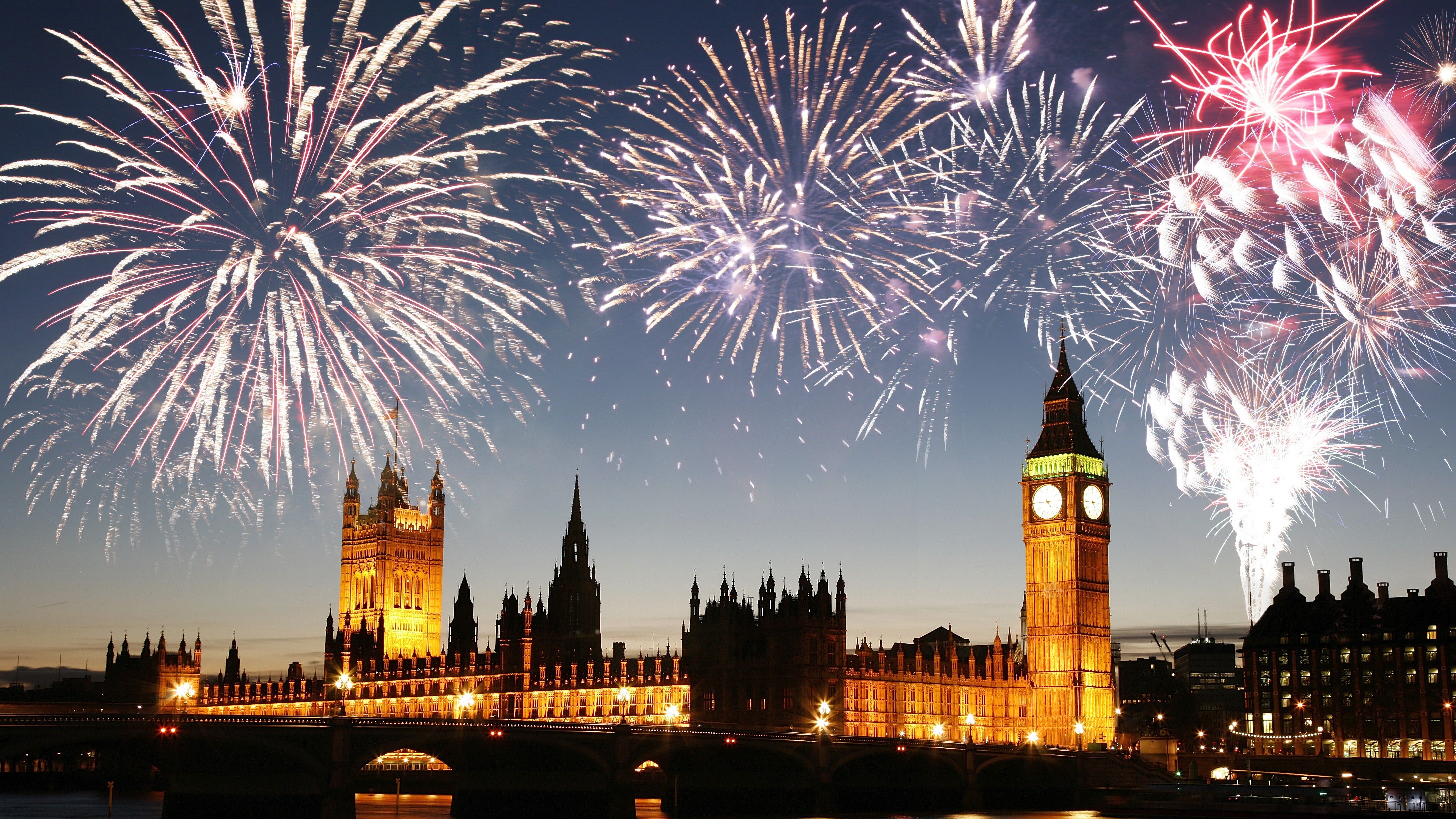To faithfully recreate a 50-year-old real life plane crash and remarkable tale of survival, the filmmakers behind Society of the Snow combined LED and green screens with multiple practical sets of the plane’s fuselage and put them all 2000+ metres up a mountain, writes Adrian Pennington.
That the mountain they used was in Spain’s Sierra Nevada rather than the Andes didn’t detract from the effort in terms of organisation, getting the crew and filming equipment there, and adapting to constant changes in the weather.
“We wanted the audience to feel they were really at the Valle de las Lágrimas (Valley of Tears),” explained cinematographer Pedro Luque of the crash location to IBC365. “When the survivors saw the movie they were amazed at how accurate the production was.”
Society of the Snow depicts the crash of Flight 571 and its aftermath — from the day Uruguay’s Old Christians Club rugby team left for a match in Santiago, Chile, to 72 days later when only 16 of them finally came home. Their story has been called...
You are not signed in
Only registered users can read the rest of this article.

Behind the scenes: The Running Man
Scenes structured like Russian nesting dolls present Editor Paul Machliss with a challenge in completing this deadly reality TV show.

TNT Sports and The Ashes: “We need to be at the heart of the story”
TNT Sports takes a hybrid approach as England’s cricket team heads down under with a sporting chance of returning with a little urn. Adrian Pennington reports.

Behind the scenes: Frankenstein
Cinematographer Dan Laustsen tells IBC365 why he and Guillermo del Toro turned the classic nightmare, Frankenstein, into a love story of ice and warmth between father and son.
Behind the scenes: Good Boy
From casting his own dog as the lead to shooting at a dog’s eye level, first-time Feature Director Ben Leonberg has perfected a filmmaking process built entirely around a pet. The result? Critical acclaim and a viral smash for horror season.

Behind the scenes: A House of Dynamite
Filmmaker Barry Ackroyd reveals how his camera work takes audiences inside the command bunker and gives them no control over the final countdown to nuclear Armageddon.



